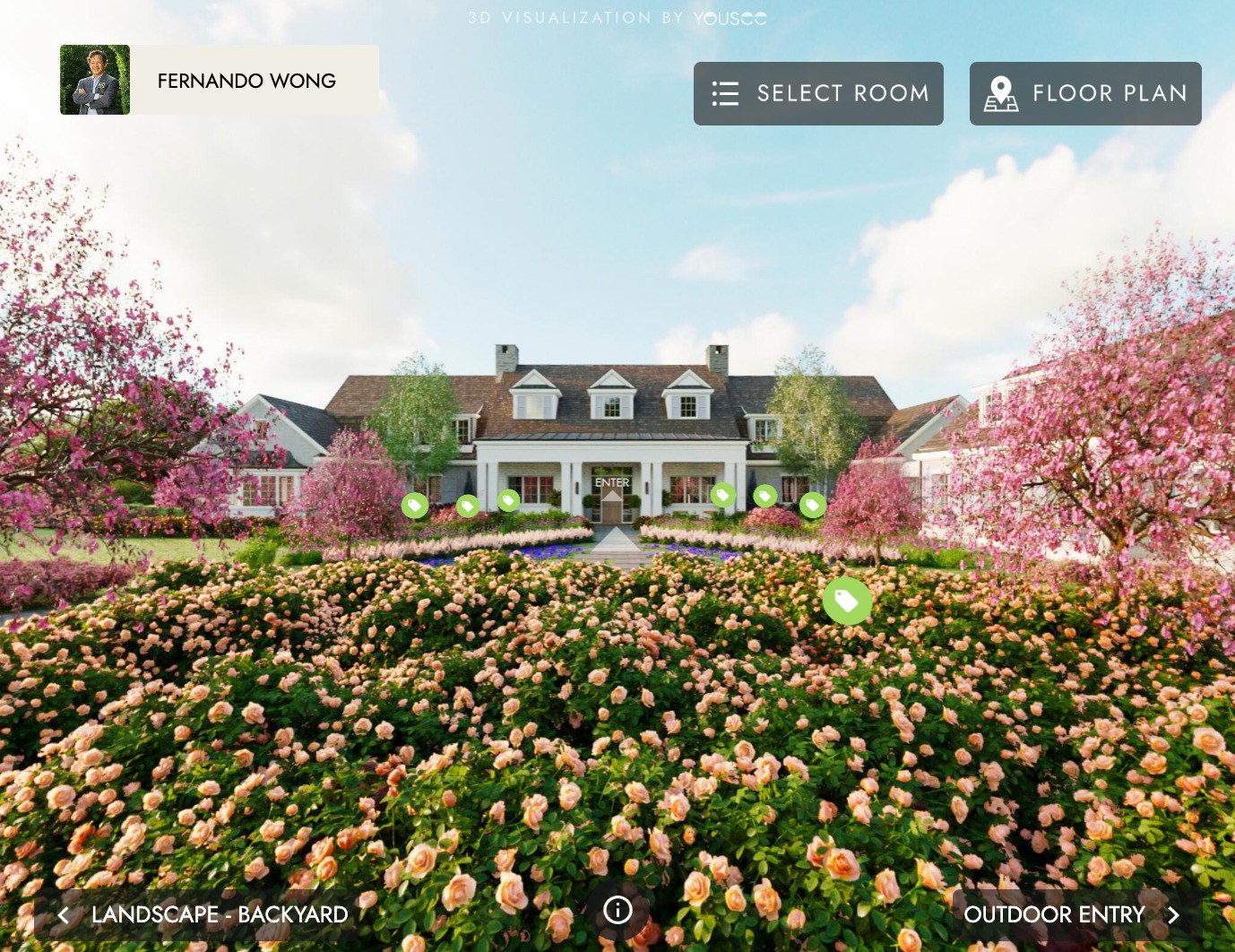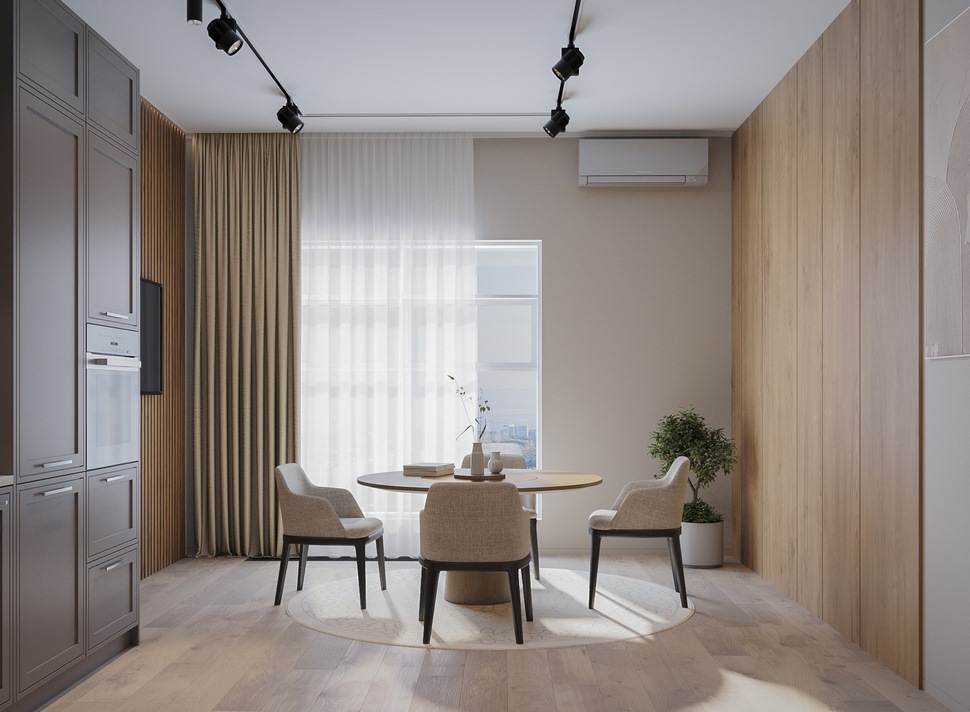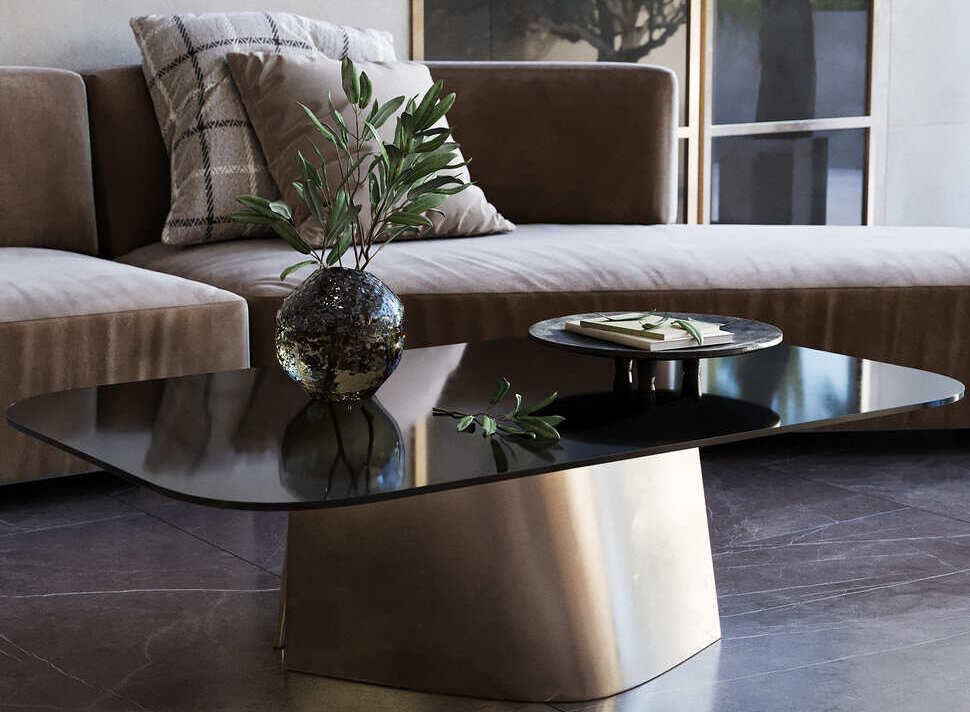Exploring Every Angle: The Impact of 360° Product Views in Retail
Introduction to 360° Product Views in Retail
The retail landscape has experienced a seismic shift due to the advent of digital technologies, with the introduction of the 360-degree product view being one of the most groundbreaking innovations in recent years. This immersive technology redefines how consumers interact with products online, offering a virtual experience that resembles the physical shopping experience.
The Evolution of Online Product Presentation
Traditionally, online retail relied on static images to showcase products. While these images provided an essential visual representation, they needed to convey only some of the full scope of a product's features and aesthetics. As e-commerce began to evolve, there was a clear need for a more interactive and engaging way to present products online. The inception of 360° product views marked a significant turning point in this evolution.
The concept of 360° imagery is not entirely new. It has its roots in panoramic photography, which has been around since the late 19th century. However, the application of this technology in online retail is a relatively recent development. Over the past decade, digital photography and software advancements have made it possible to create and display 360° views of products efficiently and cost-effectively.
Defining 360° Product Views
A 360° product view is an interactive display that allows online shoppers to rotate a product image and view it from multiple angles. This comprehensive visualization provides a more realistic and detailed view of the product, enabling customers to examine its features closely, much like in a physical store.
To create a 360° view, a series of photographs are taken of the product from different angles, typically using a rotating turntable and a stationary camera setup. These images are then stitched together using specialized software to create a seamless, interactive image that can be embedded in a website's product page.
The impact of this technology on consumer behavior is significant. According to a study by Adobe, interactive content, such as 360° product views, can increase the time consumers spend on a page by up to 90%. This enhanced engagement is a critical driver in converting online browsing into sales.
The Technology Behind 360° Views
Equipment and Techniques for Capturing 360° Images
Creating a 360° product view begins with the right equipment. A typical setup includes a high-resolution digital camera, a motorized turntable, and consistent lighting. The camera is positioned at a fixed point while the turntable rotates the product, capturing images at regular intervals. Depending on the complexity and size of the product, anywhere from 20 to 100 images might be needed for a full 360° view.
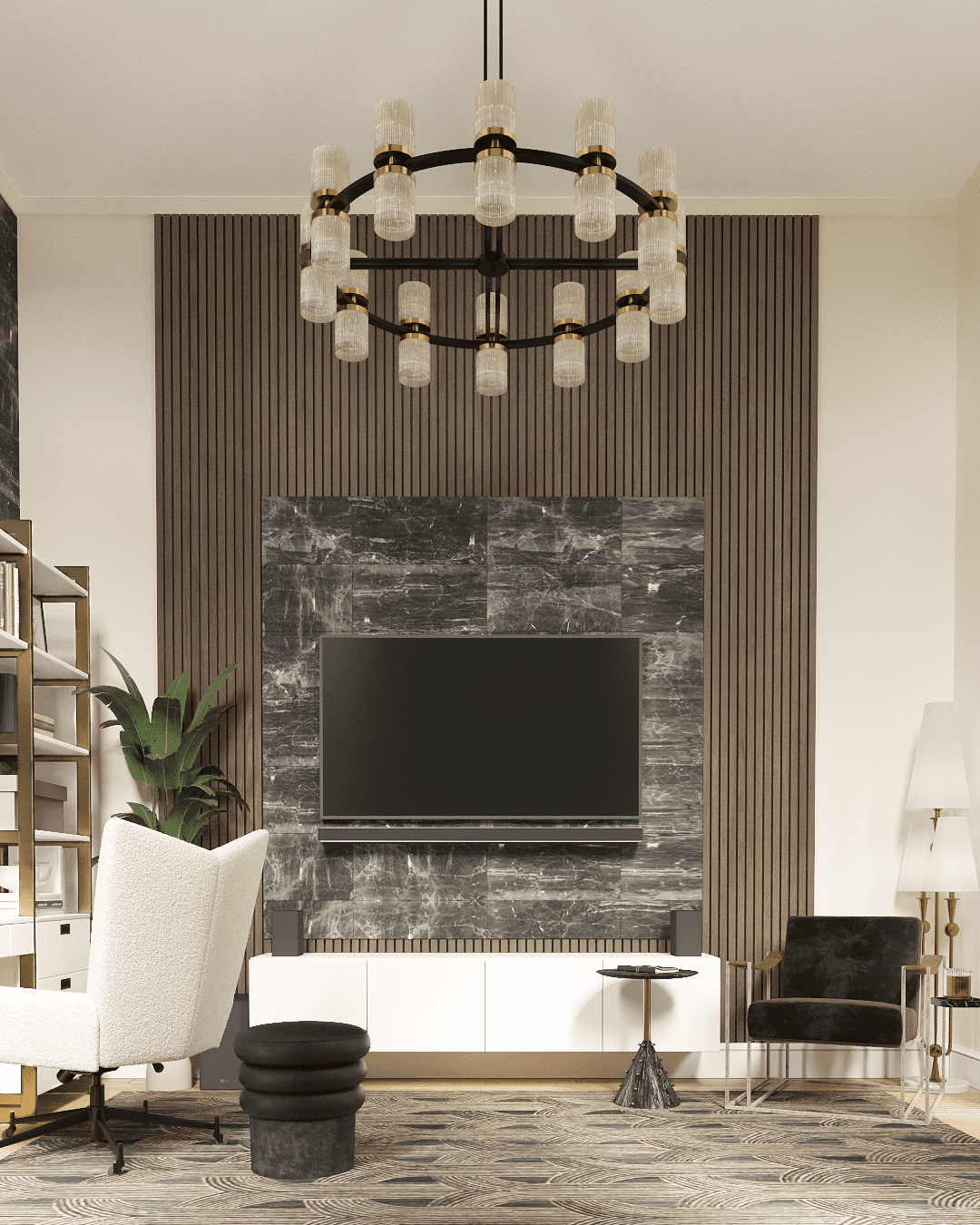
Image from Yousee Studio
The quality of the images is paramount. For instance, a camera with a 24-megapixel sensor can provide the high-resolution images necessary for a detailed view. Consistent lighting is also crucial to ensure that all sides of the product are evenly lit and free from shadows or glare.
The cost of this equipment varies. A professional-grade turntable can range from $1,000 to $5,000, while a high-quality DSLR camera can cost upwards of $2,000. For businesses on a budget, more affordable options are available, such as manual turntables and entry-level DSLR cameras.
Integration with Online Retail Platforms
Once the images are captured, they are processed using software that stitches them together to create a smooth, interactive 360° view. This file is then uploaded to the e-commerce platform and integrated into the product page.
The integration process must ensure that the 360° view is compatible with different browsers and devices, especially mobile devices, as a significant portion of online shopping is done via smartphones and tablets. The file size of the 360° view is also an important consideration, as larger files can slow down page loading times, negatively impacting user experience.
Integrating 360° views into an online retail environment is a technical challenge and a strategic one. Retailers must carefully consider where and how these views are presented on their sites to maximize impact. According to a study by Internet Retailer, products with 360° views have a conversion rate up to 47% higher than those without.
Enhancing Customer Experience with 360° Views
360° product views have revolutionized the customer experience in online retail. This technology offers a more interactive way of exploring products and significantly impacts how consumers perceive and engage with products online.
Improving Product Understanding and Engagement
The level of detail and interactivity provided by 360° views greatly enhances product understanding. Customers can examine products from every angle, zoom in for close-ups, and get a realistic sense of texture and color. This is particularly important for products where detail and quality are crucial. For example, in the jewelry industry, where the fine details and quality of the craftsmanship are selling points, 360° views enable customers to closely inspect intricate designs, leading to a more informed purchase decision.
Building Consumer Confidence and Reducing Returns
360° views build consumer confidence by reducing the uncertainty often accompanying online shopping. Customers are more likely to purchase when they thoroughly understand the product, which these views provide. This confidence is reflected in lower return rates. A report by Invodo, a video commerce solution provider, found that products with 360° views have a return rate that is 22% lower than products with standard images. This reduction in returns is a significant benefit for retailers, as returns are costly and logistically challenging.
Case Studies: 360° Views in Action
Across various sectors, implementing 360° views has proven to be a game-changer, driving sales and enhancing customer satisfaction. Here are some industry-specific case studies that highlight the impact of this technology.
Furniture and Home Decor
Visualization plays a critical role in the furniture and home decor sector in the purchasing decision. IKEA, a global leader in furniture retail, has effectively used 360° views to offer customers a better understanding of its products' size, design, and texture. This implementation has benefited online shoppers, reducing the uncertainty of buying large items like furniture online. IKEA's annual sales report indicated a 25% increase in online furniture sales after 360° product views were introduced.
These case studies demonstrate the versatility and effectiveness of 360° views across different industries. By providing a more interactive and detailed product representation, these views have improved customer experience and drive significant business growth. The success of 360° views in these industries serves as a testament to their potential to enhance online retail experiences. It is a clear indicator of the direction in which e-commerce is headed.
Business Impact and ROI of 360° Views
The implementation of 360° views in online retail has a profound impact on business metrics and returns on investment (ROI). While initially demanding a significant upfront investment, this technology can lead to substantial long-term gains in sales, customer retention, and brand reputation.
Analyzing the Cost vs. Benefits
The cost of implementing 360° product views varies based on the scale and approach. For a small to medium-sized retailer, setting up an in-house photography studio with a 360° turntable and high-quality camera can cost anywhere from $5,000 to $15,000. This cost can escalate to $50,000 or more for larger retailers or those seeking high-end solutions, considering state-of-the-art equipment and software.
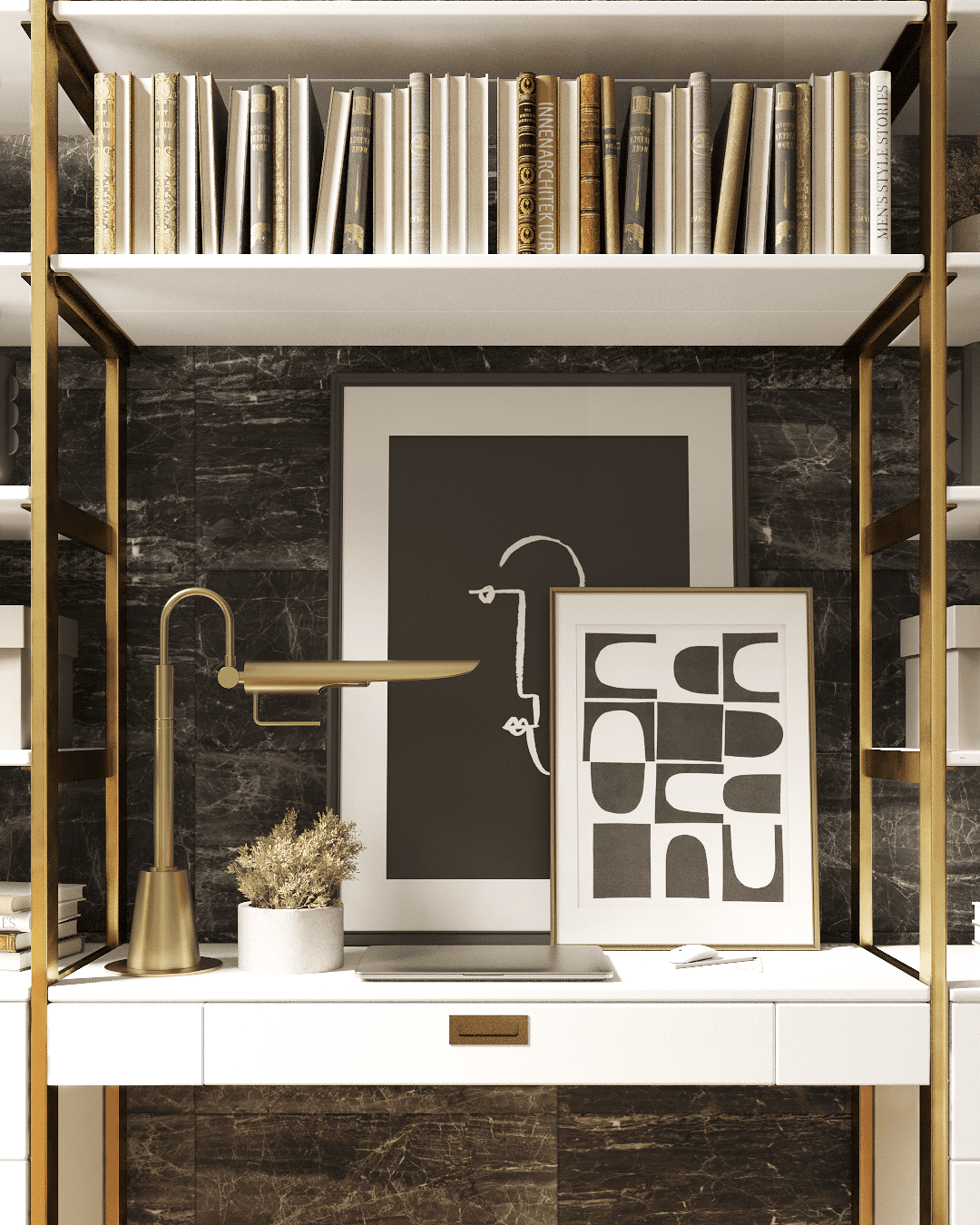
Image from Yousee Studio
However, the benefits can far outweigh these initial costs. For instance, a study by Adobe Analytics noted that products with 360° views showed a conversion rate increase of up to 40%. Additionally, a survey by Internet Retailer revealed that 360° views could boost online sales by 10 to 40%, depending on the product category.
Moreover, reducing return rates due to more accurate product representation contributes to cost savings. A report by the National Retail Federation estimated that returns account for nearly $260 billion in lost sales for U.S. retailers annually. By decreasing return rates through better visual information, businesses can reclaim a significant portion of these lost revenues.
Impact on Sales and Conversion Rates
The impact of 360° views on sales and conversion rates is particularly noteworthy. By providing a more engaging and informative shopping experience, these views can entice customers to spend more time on the site and, consequently, increase their likelihood of purchasing.
A luxury watch retailer reported a 30% increase in conversion rates after implementing 360° views, according to a case study by WebRotate 360, a 360° product imaging solutions provider. Similarly, an electronics retailer witnessed a 27% rise in average order value for products displayed with 360° views, as per a report by Snap36.
Future Trends and Developments
As digital innovation continues to reshape the retail landscape, 360° views are poised to become more prevalent and sophisticated.
Integration with AR and VR Technologies
One of the most exciting developments is integrating 360° views with augmented reality (AR) and virtual reality (VR) technologies. This combination can provide an even more immersive and interactive shopping experience. For example, AR can enable customers to see how a product would look in their environment, such as visualizing furniture in their living room. Meanwhile, VR can transport customers into a fully immersive digital environment, allowing them to interact with products in a virtual space.
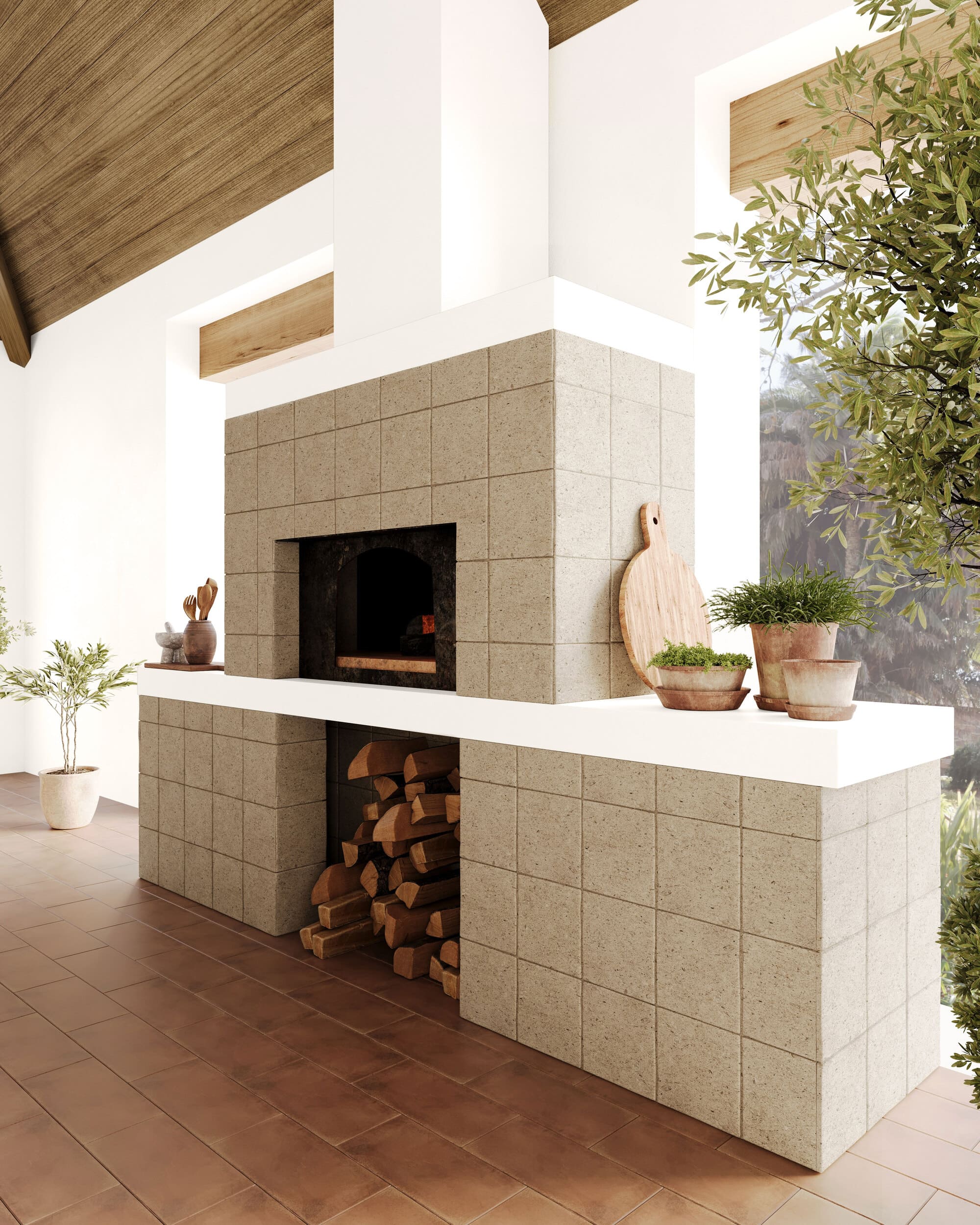
Image from Yousee Studio
The potential of these integrations is vast. According to a report by Gartner, 100 million consumers are expected to shop using AR by 2023. This trend signifies a massive opportunity for retailers to enhance their online presence with AR and VR-enabled 360° views.
Predictions for the Next Decade in Retail
The next decade in retail will likely witness the widespread adoption of 360° views, propelled by technological advancements and increased consumer demand for interactive shopping experiences. The decreasing cost of VR and AR technology and the rise of 5G networks will make these sophisticated experiences more accessible to a broader range of retailers.
Furthermore, integrating AI with 360° views could provide personalized shopping experiences. AI algorithms could analyze customer interactions with 360° views to offer tailored product recommendations and customized viewing options, enhancing the shopping experience and increasing sales potential.
Contact us at YouSee Studio for captivating 3D renderings and immersive virtual experiences.
Ray Lisbon is a content writer and the author of this article.

